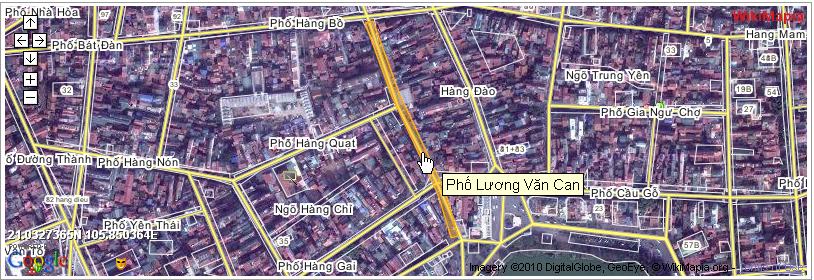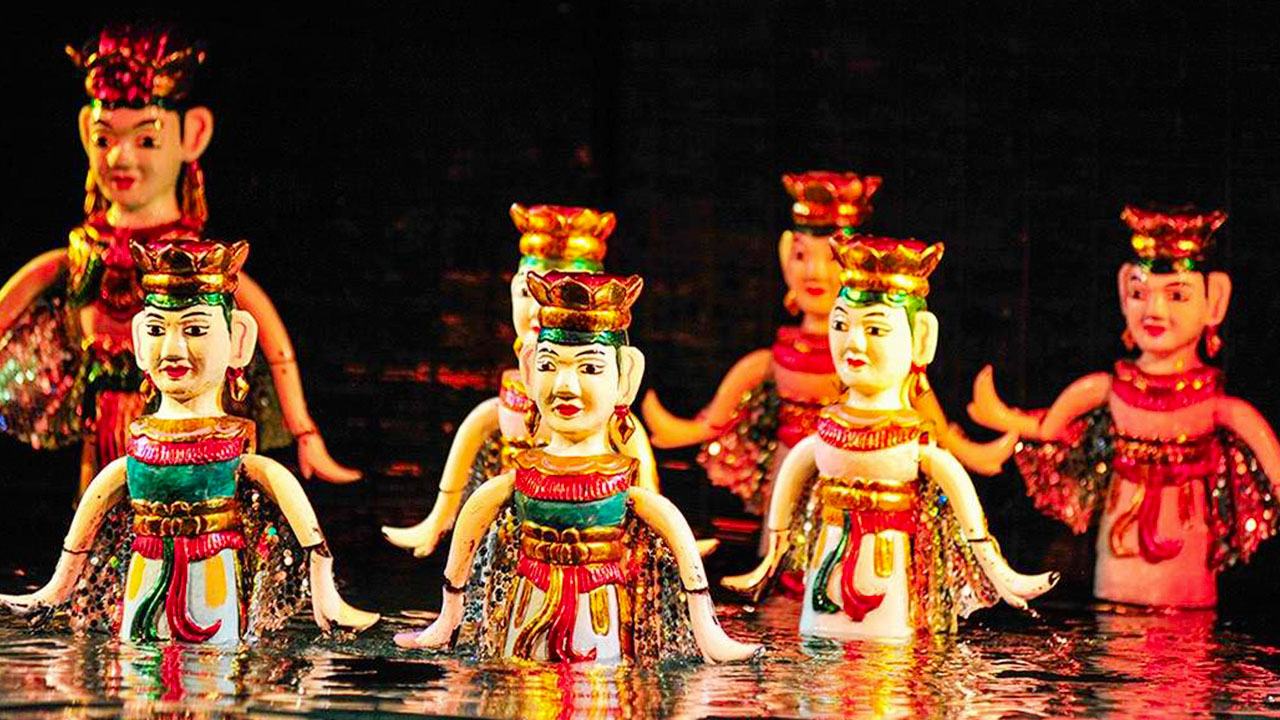Situated in the heart of Hanoi, Vietnam, Luong Van Can Street is a bustling and historically significant destination that offers visitors a unique blend of culture, history, and modernity. Stretching for about 300 meters, this vibrant street is named after Luong Van Can, a revered Vietnamese scholar and poet from the 18th century. With its charming architecture, various shops, cafes, and restaurants, as well as renowned landmarks, Luong Van Can Street is a must-visit destination for both locals and tourists alike.
The Historical Significance of Luong Van Can Street
Luong Van Can (On Nhu, 1854-1927), from Nhi Khe village, Thuong Tin district, Ha Tay province (now Hanoi). One of the founders, leads and teaches at Dong Kinh Thuc School. Having a bachelor’s degree in 1879, he was appointed a teacher by the Hue court and the French colonialist appointed a member of the Hanoi City Council, but Luong Van Can refused to stay in his hometown to open a school.
In 1907, along with a number of patriotic Confucians, Dong Kinh Nghia Thuc founded Dong Kinh Nghia Thuc, and was elected as head (principal); the policy of national renewal by the path of cultural and educational development among the people. In December 1907, the school was banned. In 1914, the Court sentenced him to 10 years of exile to Nam Vang (Phnom Penh) and was released in 1912. He died at home No. 4 Hang Dao, Hanoi on June 12, 1927.

In the year 30 of the last century, people opened a straight line from Hang Fan junction to Hang Gai, connecting to Bo Ho. The road from Hang Bo intersection to Bo Ho was first named Le Quy Don street, after 1954 it was renamed Luong Van Can street. Hang Fan Street is only from the fork down to Hang Non Street.
At the beginning of the old Hang Fan street is Yen Hoa village, this village was merged with Xuan Yen village, the remaining remains of Xuan Yen temple are at house number 6A, Luong Van Can street today. Xuan Yen Temple worships Nguyen County Lady, the right corner of Luong Van Can-Hang Fan junction also has Xuan Phien Thi communal house of Dao Xa villagers, An Thi district, Hung Yen. Xuan Phien Thi means spring fan market. Here, to the “fan market,” the fan dealers from all over the place store their goods.
At the end of Luong Van Can street, at the left side, is the back gate of many houses on Hang Dao street. House No. 10 Hang Dao, passed to house number 17 Luong Van Can, was once the campus of Dong Kinh Nghia Thuc School.
Through Xuan Yen communal house is the Thong Sang house, which can be called the first opera house in Hanoi in the early 20th century under the name Kinh Ky Hy Vien. Looking at Hang Fan junction is Cinéma Modeme cinema of Westerners, married to Vietnam. The theater specializes in detective cinema, which is the first movie theater in Hanoi.
Exploring the Local Culture and Cuisine

Coming to Luong Van Can street today, visitors first feel is a toy street for kids. Toys produced by Vietnam, imported from China, smart toys, robot toys, batteries powered cars, Christmas trees, everything. On International Children’s Day, Mid-Autumn Festival, and Christmas, parents bring their children to buy crowded toys, blocking traffic.
In Luong Van Can street, there are not only toys, but also shops specializing in tailoring for women with store names with the word “Trach” such as An Trach, Phuc Trach, Binh Trach, Dong Trach, Van. Trach, Hung Trach because they all share the same hometown, which is Trach Xa village, Ung Hoa district, Hanoi.
The person who was credited with bringing the garment “brand” from the village to the marketer was Mr. Ly Khoan, ie Pho Dua. He opened a store called My Trach, located at No. 6B, specializing in making soft shirts, double shirts, cotton shirts to serve women, ladies, very reliable with customers. His shop has hundreds of home workers.
Now that the traditional ao dai has been “reformed” to suit the tastes of the young generation, a series of new tailors have emerged with Bao Thanh, Ha Phuong, Hoang Giang, creating a competition between tailors. Customers have the right to choose a store like that. In order to close the sewing stages of Luong Van Can street, in recent years, there have been many shops selling garment accessories: needle, thread, buttons, sewing machine parts, scissors, ruler, fabrics. All colors, flower embroidery looks “eye-catching.”
In the middle of Luong Van Can street, on the even number side is a row of “special” dumplings of 10,000 VND/piece, expensive in the evening, and on the odd side of shops, there are shops with pillow cases, noodles, dumplings.

Luong Van Can street emerged Thang Long theater “red light” all week. Together with Minh ™ s Jazz Club, it creates a unique feature of Luong Van Can street. An attractive Song Anh fast food restaurant that is suitable for industrial life.
Luong Van Can street is also close to several significant landmarks and attractions, including the Hoan Kiem Lake, Ngoc Son Temple, and the Hanoi Old Quarter, making it a convenient and interesting place to visit while exploring Hanoi.
Conclusion
Luong Van Can Street in Hanoi, Vietnam, offers an enriching and captivating experience for visitors. With its historical significance, cultural heritage, and vibrant atmosphere, this street is a must-visit destination for those seeking to explore the heart of Hanoi. From exploring the local culture and cuisine to witnessing iconic landmarks and participating in festive celebrations, Luong Van Can Street offers a perfect blend of tradition and modernity. Immerse yourself in the charm of Luong Van Can Street, and discover the true essence of Hanoi.





